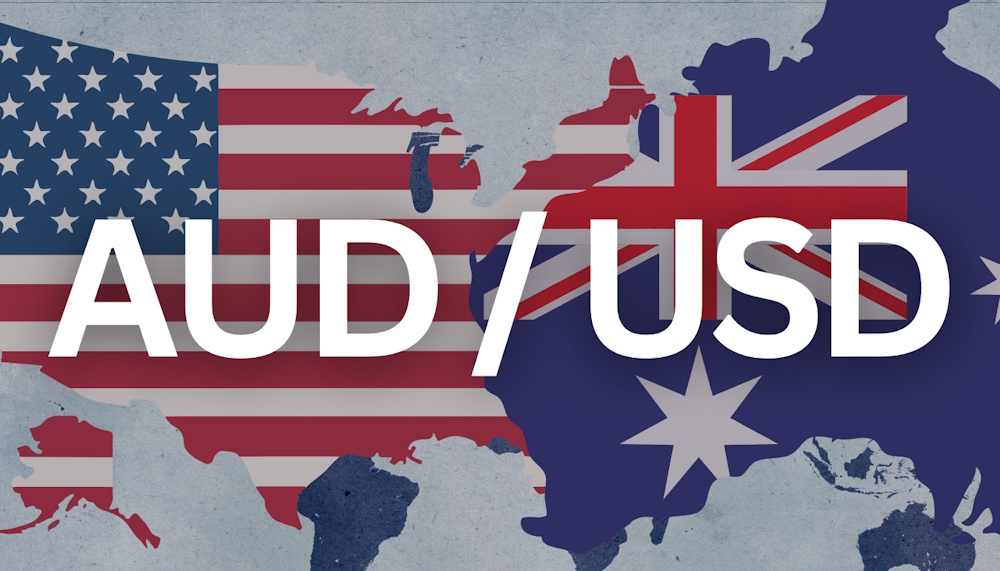The US dollar index moved within a three-point range around the 100 mark on Monday, finishing at a six-month high. A few weeks ago, it is pointed out 100 as a possible target for bullish movements. If momentum decreases from here, it could indicate wave C of a flat ABC correction. This remains an essential area for both bullish and bearish stances, as the ISM Non-Manufacturing and ADP reports set the stage for the highly anticipated Nonfarm Payrolls announcement on Friday. Upcoming data will shape expectations for Federal Reserve policy in December, following the relatively hawkish cut revealed last week. The current Fed funds futures show a 67.3% chance of a rate cut, reflecting continued confidence in further easing measures, though this marks a notable drop from the roughly 90% probability considered before last week’s FOMC meeting. The upcoming US data will greatly influence the direction of the dollar, as it affects traders’ confidence about the expected December cut, and consequently, the AUD/USD trajectory.
The daily chart shows the formation of a small shooting star candle located just below the 100 level. While textbooks often suggest this could signify a significant swing high, caution is warranted given the important US economic events approaching — suggesting that some flexibility around the 100 level should be considered this week. Nonetheless, as the daily RSI (2) shows overbought conditions for the third day in a row, a slight retreat could be on the horizon. Considering the present circumstances, with the weekly and daily RSI (14) confirming the rally and neither timeframe indicating overbought conditions, it seems plausible to expect that the US dollar index could still target 101 before wave C concludes. A disappointing NFP report could quickly prompt a reevaluation of Fed cut expectations and lead to a drop in the dollar, potentially benefitting AUD/USD in the short term.
At this moment, I expect a minor retreat on the daily chart, which could strengthen the Australian dollar — particularly if the RBA chooses a somewhat aggressive approach. The connection between Australian yields and options positioning suggests that the drop for the Aussie might be limited. The 2-year yield is rising, and the AU-US 2-year yield spread has widened considerably in expectation of AUD/USD fluctuations. The 1-day implied volatility for AUD/USD has hit a three-day high, while the 1-week and 1-month implied volatility numbers remain subdued. Additionally, risk reversals indicate that the demand for calls (bullish positions) continues to be strong relative to the demand for puts (bearish positions), showing optimism for a short-term rebound.
The Australian dollar has fallen for the fourth straight day; however, the rickshaw man doji suggests that the downward momentum might be weakening. Monday’s low held steady above the September low, suggesting a careful degree of support. Considering the emergence of a shooting star candle on the US dollar index and the potential for the RBA to maintain a hawkish stance, I expect a short-term rebound for AUD/USD as the US dollar undergoes a slight retreat. However, given my overall perspective on the US dollar’s potential to strengthen before wave C concludes, any recovery in the Aussie might be limited after the initial bounce.

